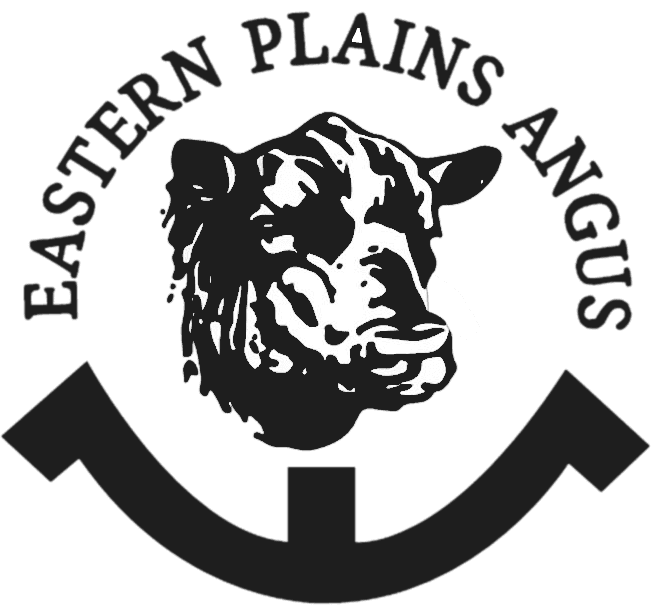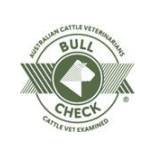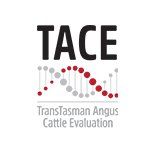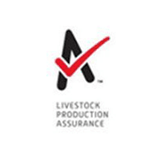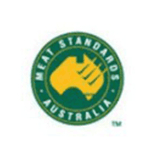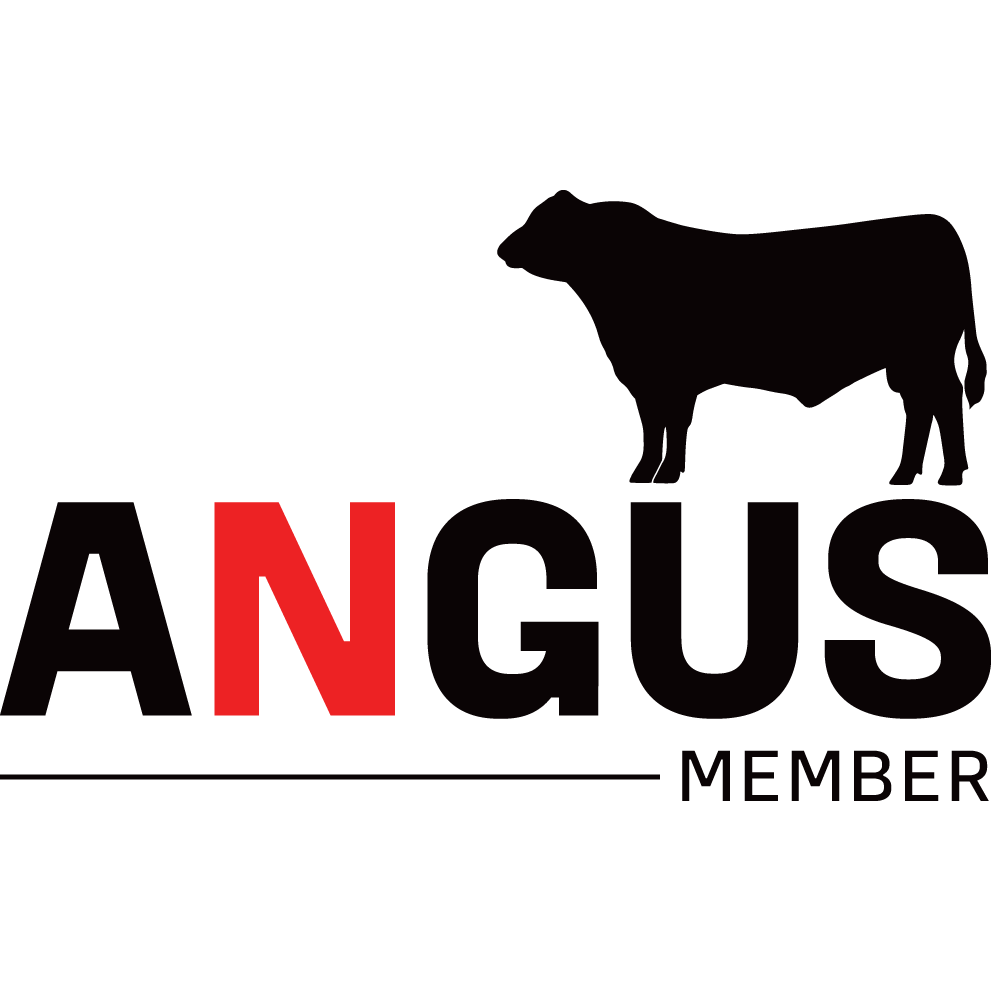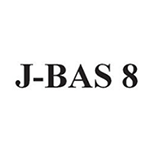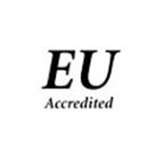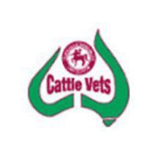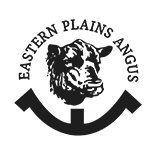About Us
History
- Eastern Plains Angus is family owned & operated by Andrew & Sally White. Our children Eliza, Evey & Gus are all involved in our business & also work off-farm. Andrew is the 5th generation in his family to breed Angus cattle in northern NSW.
- Eastern Plains Angus has a continuous, unbroken 120+ year family history of breeding & performance recording Angus cattle in NSW. Our Angus herd can trace its origins to the importation of Angus cattle from Scotland by the White Bros of Edinglassie, Muswellbrook, in 1888. Eldest son, FJ White, then brought Angus cattle to Saumarez Station, Armidale, with his son, HF White, registering Bald Blair Angus Stud, Guyra, in 1908.
- HF White’s sons, Richard & Graham White, ran Bald Blair Angus in partnership until 1985. When they dissolved their partnership, the stud & commercial herds were divided between them. Graham then established Eastern Plains Angus stud with his portion of the female herds. In 1997, through family succession, Graham’s son Andrew White, assumed ownership & management of Eastern Plains Angus, continuing to the present day.
- We’re very proud of our continuing association with Angus cattle. They have always been & remain our 'bread & butter', 'the icing on the cake', 'our work day week & Sunday rest'! We truly 'live & breathe' Angus & know it is ‘the business breed’. Our family ethos, for over a century, continues to be ….. ANGUS BEEF IS BEST!!
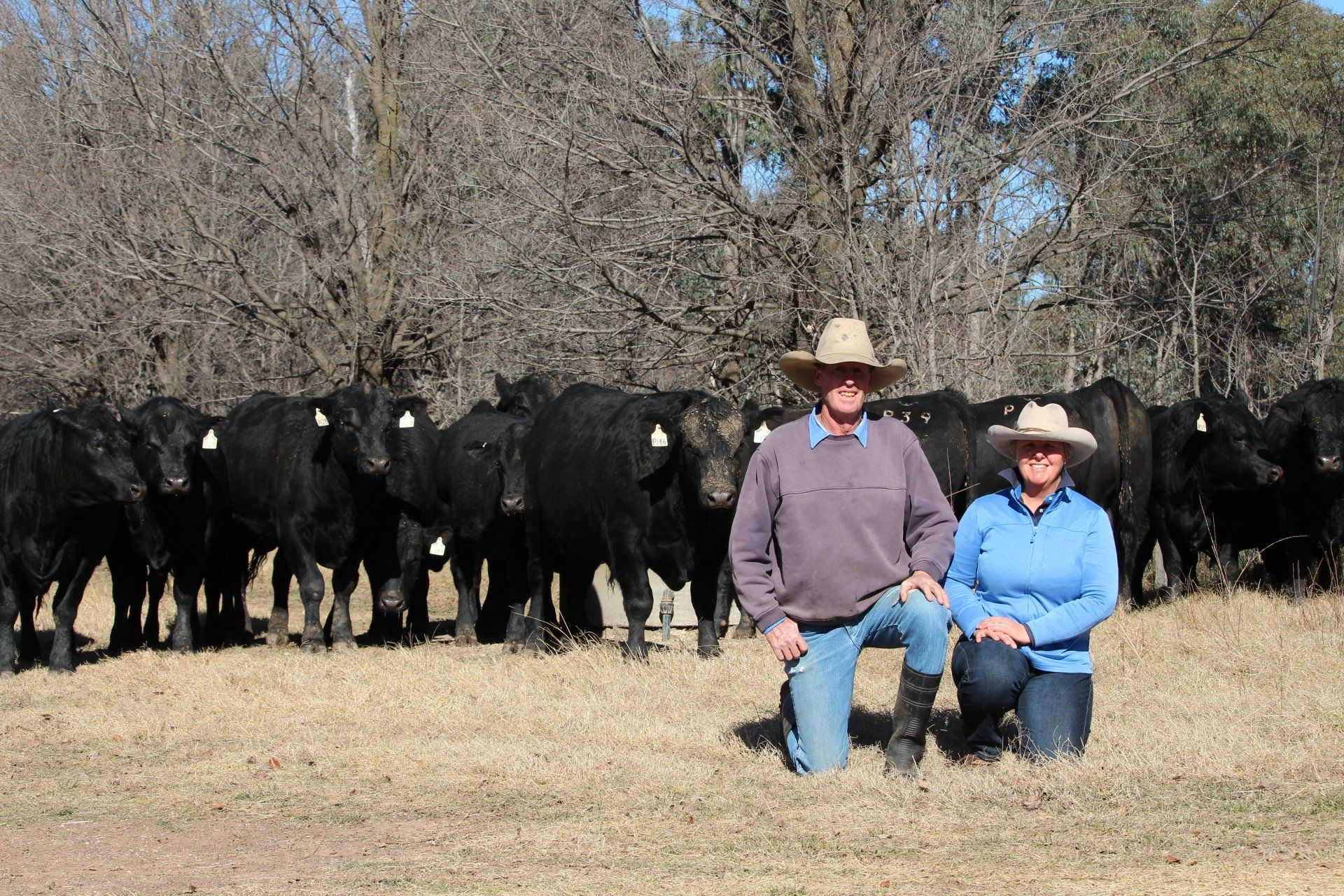
Location
- Eastern Plains Angus is located at “Eastern Plains”, Guyra, on the New England tablelands in northern NSW.
- Our stud Angus herd is run alongside a commercial Angus herd across 4 properties totalling approx. 7000 acres, just outside Guyra. Our stud Angus cattle run on “Eastern Plains”, where our selling centre, main cattle yards & home are located. Our commercial Angus herd is run on properties “Merton” & “Beckmore” further west of Guyra in the Ben Lomond district & also "Greendale", Llangothlin, just north of Guyra.
- Soils across the 4 properties are largely basalt. However, approximately one third of Eastern Plains has lighter, less productive soil types with areas of heavy scrub & rock.
- Pastures are predominantly improved pasture species of phalaris, red & white clovers, cocksfoot, rye & fescues & receive an application of superphosphate based fertiliser in alternate years. The lighter soil type areas of Eastern Plains are largely unimproved, native type pasture species & not fertilized because of a lack of access due to the presence of scrub & rocks (agghh!!).
- Average annual rainfall is 900 mm, which usually falls over the Spring & Summer.
- Winters are very cold & heavy frosts are experienced April to September with minimal pasture growth during this time. Undoubtedly, the greatest challenge & limit to our production system, is the harshness of our Winter.
- We rely heavily on Spring & Summer rainfall to produce enough pasture growth, to enable us to carry stock through our harsh Guyra Winters.
Breeding Philosophy
- Eastern Plains Angus comprises a stud Angus herd of approximately 220 females, all fully performance recorded & registered with Angus Australia since its’ inception. Our stud Angus herd is entirely self-replacing, so breeding our own replacement females is an important part of our seedstock breeding program.
- Our breeding program at Eastern Plains Angus aims to produce seedstock Angus bulls with a balance of growth, fertility & meat quality traits. We deliberately breed for moderation in traits rather than extremes in just the one trait or one set of traits. We continue our genuine commitment to this breeding discipline.
- Structural soundness is a must. We continually assess both bulls & females for structural faults whenever they're in our yards for other husbandry, culling those animals deemed inadequate from our breeding herd. Additionally, both bulls & heifers are independently assessed for structure by Liam Cardile, LRC Livestock, at approx. 20-22 months old. All these raw structural scores are submitted to the TransTasman Angus Cattle Evalutation (TACE) for inclusion in the calculation of structural EBV's.
- Increasingly it seems there is a growing trend to 'sacrifice' fertility & structural soundness for carcase, IMF & extreme growth. However this is a trend we deliberately seek to avoid in our breeding decisions. Our experience has been that selecting for balance & moderation in a range of traits is more profitable in the long run.
- In an environment dominated by long winters with severe frosts, our female Angus herd has been continuously selected for fertility, low maintenance & hardiness. We do not supplement stud females nor graze them on crop. They graze improved pastures, year round, alongside their commercial contemporaries. These tried & proven maternal lines form the foundation of our seedstock breeding program.
- Proven in our own commercial herd - for more than 50 years, year in, year out, we have routinely tested the performance of our stud genetics in our own commercial Angus herd. This practice sets us apart in the Angus seedstock industry as we’re one of just a few Angus seedstock producers who have actually used their own genetics over their own commercial females on a long term basis. We join only our own stud bred Angus bulls to our self-replacing commercial herd of approx. 700 Angus females. Thus our stud genetics are mirrored in our commercial Angus herd, & we have a long term, first-hand experience of their performance under commercial conditions. In effect, we are our own largest client, so we understand how important functionality is in a bull.
- The focus of our commercial operation is the turn-off of feeder steers at 18 months of age at approx. 500kgs to 530kgs. For the most part, they are sold into (JBS) Beef City or Caroona feedlots, destined for their mid & long fed markets. We also sell cull & surplus heifers into a JBS grassfed program that is MSA graded. Older cull cows are sold over-the-hooks to JBS Dinmore. In addition, we breed all of our replacement commercial females, so place an emphasis on fertility, moderate frame & low maintenance in our commercial program.
Joining Program
- We rank FERTILITY as our most important trait for profit.
- Our joining program, whether in the stud or commercial herds, selects for Angus females who will wean a calf early March, calve (unassisted) Jul/Aug when pasture nutrition is poor, & re-join again Sep/Oct without the added cost of supplementary feeding or grazing crop, & importantly with an interval of less than 12 months between calves.
- Using a short controlled joining period, we’re continually selecting for females who not only fall in calf, but to do so early in the breeding season. Late calving females are less profitable; their calves are lighter at weaning, they are more likely to PTE next year or have another less profitable late calf.
- Joining up early in the breeding season is a particular requirement for maiden yearling heifers who are Spring joined for a 6-week period giving them 2 cycles at most to fall in calf. Older females are Spring-joined for a 9-week period, following on from a Jul/Aug calving, giving them approx. 3 cycles to join.
- Females, especially 1st calf heifers, can do it ‘tough’ in a harsh, cold Guyra winter, & be in ordinary condition coming into Spring joining. However we do not supplement females or graze them on crop in the lead-up or during the joining period. Rather, we select for females who are truly low maintenance, moderate framed, that cycle & join whilst lactating, with out the added cost of feeding, supplementation or grazing crop. (Drought forced feeding is an exception to this practice, as in 2019).
- Artificial Insemination (AI) has been used in our stud herd for the last 40 years. Stud females are synchronised & AI'ed 12hrs post observed standing heat early in the Spring (not FTAI). Andrew is our 'resident' AI technician & has AI'ed all our stud females for the last 37 years! Following our AI program, stud females are then run with our own stud bred back-up bulls; approx 4 week period for yearling heifers & 6 weeks for cows.
- To best select for structural soundness & fertility, increasingly we’re selecting Australian bred AI sires for use in our AI programs. We find there is a growing trend in USA-bred AI sires to 'sacrifice' fertility & structural soundness for growth & carcase. However, we do still believe there is a place for USA-bred AI sires in our program, as a source of ‘outcross’ genetics + genetic improvement.
